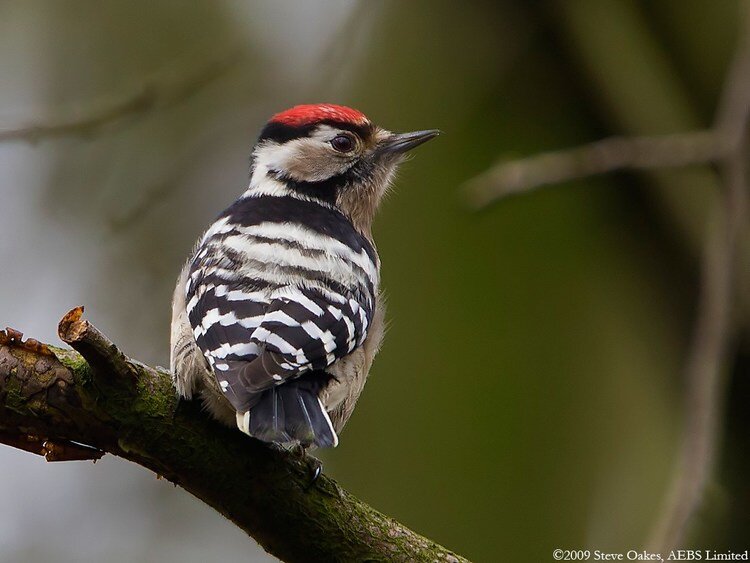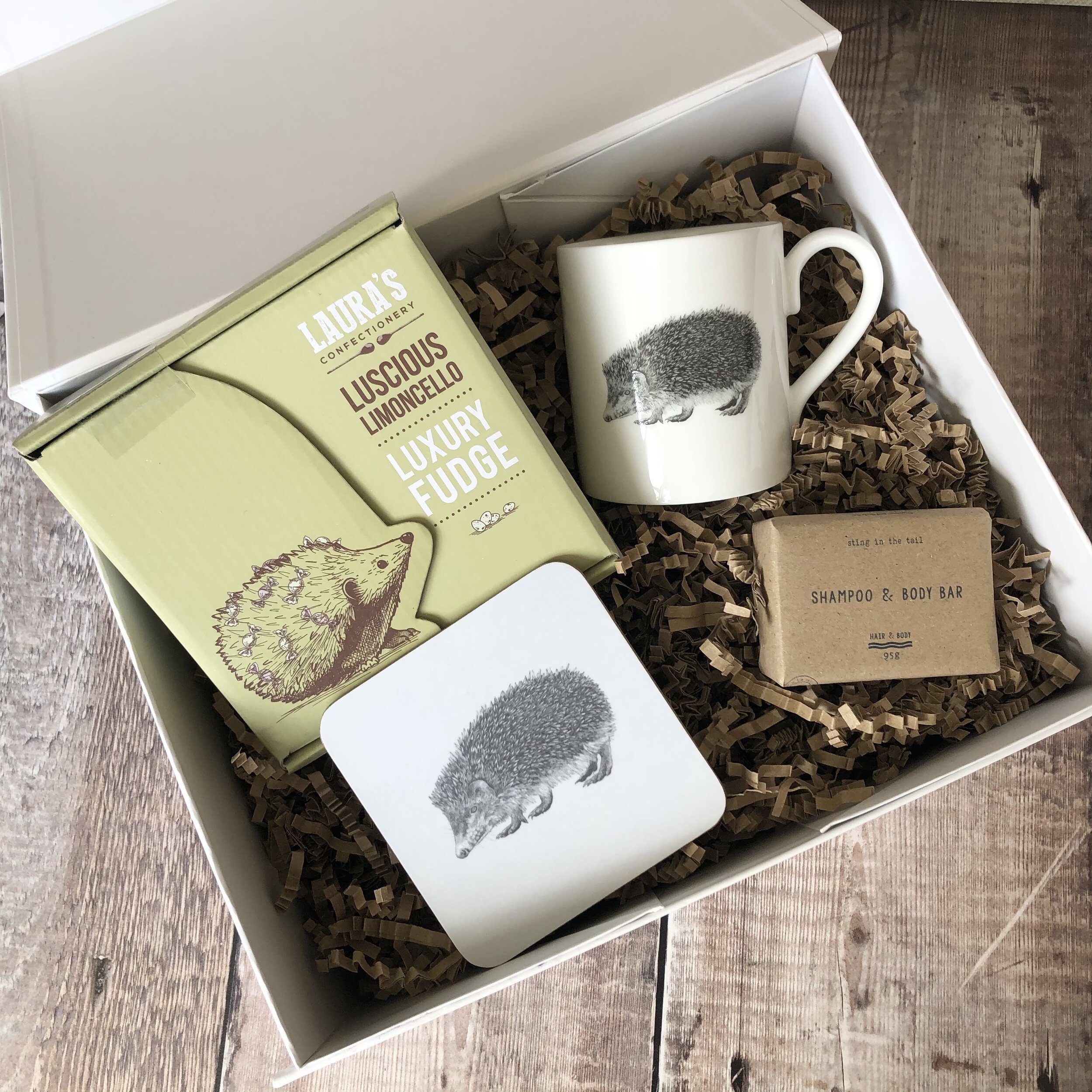By Izzy Fry.
Photo: Izzy Fry.
The wonder of bird migration has fascinated and puzzled people for centuries. For so long, their movements were unknown and their lives a secret.
For over 100 years, we have been slowly unravelling the secrets of birds using ringing. Run by the British Trust for Ornithology, the ringing scheme is one of the longest running conservation studies.
Bird ringing involves a trained and licensed ringer fitting a light-weight, uniquely numbered ring to a wild bird’s leg. This allows movements to be tracked if the bird is encountered again (this can be through it being seen in the field, caught by another ringer or from dead birds).
When ringing began, it provided the first information on bird’s migration. It answered the questions of where different species go after leaving our shores.
Today ringing is still helping us to understand migration, but it is also used to look in detail at the lives of birds; helping us to monitor breeding success and changes in birds populations.
We catch the birds in a number of ways, but the most common being mist nets. Mist nets are typically made of nylon or polyester suspended between two poles – they are very hard to see when you don’t know they are there! The birds fly into the nest and fall into little pockets where they stay until we carefully extract them.
Mist nets are commonly used by bird ringers. Photo: Izzy Fry
I have been ringing for just over a year, and have really enjoyed it! I have learnt so much more about individual species and about the science behind conservation. My group operates throughout Wiltshire, Dorset and Hampshire in a range of different habitats from woodland and farmland, to scrub in chalk grassland. It is wonderful to be involved in bird ringing and contribute to a conservation effort!
Find more from Izzy:
We support the conservation of British birds by donating 10% of the sale of our puffin and woodpecker ranges to the British Trust for Ornithology (BTO).
Check them out below.















































